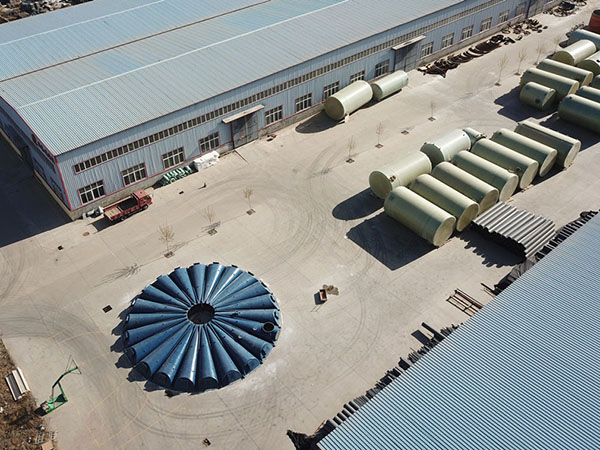
-
 Afrikaans
Afrikaans -
 Albanian
Albanian -
 Amharic
Amharic -
 Arabic
Arabic -
 Armenian
Armenian -
 Azerbaijani
Azerbaijani -
 Basque
Basque -
 Belarusian
Belarusian -
 Bengali
Bengali -
 Bosnian
Bosnian -
 Bulgarian
Bulgarian -
 Catalan
Catalan -
 Cebuano
Cebuano -
 China
China -
 China (Taiwan)
China (Taiwan) -
 Corsican
Corsican -
 Croatian
Croatian -
 Czech
Czech -
 Danish
Danish -
 Dutch
Dutch -
 English
English -
 Esperanto
Esperanto -
 Estonian
Estonian -
 Finnish
Finnish -
 French
French -
 Frisian
Frisian -
 Galician
Galician -
 Georgian
Georgian -
 German
German -
 Greek
Greek -
 Gujarati
Gujarati -
 Haitian Creole
Haitian Creole -
 hausa
hausa -
 hawaiian
hawaiian -
 Hebrew
Hebrew -
 Hindi
Hindi -
 Miao
Miao -
 Hungarian
Hungarian -
 Icelandic
Icelandic -
 igbo
igbo -
 Indonesian
Indonesian -
 irish
irish -
 Italian
Italian -
 Japanese
Japanese -
 Javanese
Javanese -
 Kannada
Kannada -
 kazakh
kazakh -
 Khmer
Khmer -
 Rwandese
Rwandese -
 Korean
Korean -
 Kurdish
Kurdish -
 Kyrgyz
Kyrgyz -
 Lao
Lao -
 Latin
Latin -
 Latvian
Latvian -
 Lithuanian
Lithuanian -
 Luxembourgish
Luxembourgish -
 Macedonian
Macedonian -
 Malgashi
Malgashi -
 Malay
Malay -
 Malayalam
Malayalam -
 Maltese
Maltese -
 Maori
Maori -
 Marathi
Marathi -
 Mongolian
Mongolian -
 Myanmar
Myanmar -
 Nepali
Nepali -
 Norwegian
Norwegian -
 Norwegian
Norwegian -
 Occitan
Occitan -
 Pashto
Pashto -
 Persian
Persian -
 Polish
Polish -
 Portuguese
Portuguese -
 Punjabi
Punjabi -
 Romanian
Romanian -
 Russian
Russian -
 Samoan
Samoan -
 Scottish Gaelic
Scottish Gaelic -
 Serbian
Serbian -
 Sesotho
Sesotho -
 Shona
Shona -
 Sindhi
Sindhi -
 Sinhala
Sinhala -
 Slovak
Slovak -
 Slovenian
Slovenian -
 Somali
Somali -
 Spanish
Spanish -
 Sundanese
Sundanese -
 Swahili
Swahili -
 Swedish
Swedish -
 Tagalog
Tagalog -
 Tajik
Tajik -
 Tamil
Tamil -
 Tatar
Tatar -
 Telugu
Telugu -
 Thai
Thai -
 Turkish
Turkish -
 Turkmen
Turkmen -
 Ukrainian
Ukrainian -
 Urdu
Urdu -
 Uighur
Uighur -
 Uzbek
Uzbek -
 Vietnamese
Vietnamese -
 Welsh
Welsh -
 Bantu
Bantu -
 Yiddish
Yiddish -
 Yoruba
Yoruba -
 Zulu
Zulu
Fiberglass Constructed Rectangular Tank for Efficient Fluid Storage Solutions
The Advantages of a Rectangular Tank Made of Fiberglass Material
When it comes to selecting the right material for constructing tanks, fiberglass has emerged as a popular choice across various industries. One of the most common applications of this versatile material is in the manufacturing of rectangular tanks. These tanks are widely used for water storage, waste treatment, and chemical containment. In this article, we will explore the numerous advantages of using fiberglass for rectangular tanks, focusing on aspects such as durability, versatility, and cost-effectiveness.
Durability
Fiberglass is renowned for its outstanding durability. This material is highly resistant to corrosion, which is particularly beneficial for tanks that store liquids such as wastewater or chemicals that can be highly corrosive to other materials like metal or concrete. Unlike steel, fiberglass does not rust, and unlike concrete, it is not prone to cracking. This longevity means that fiberglass rectangular tanks can last for decades with minimal maintenance, making them a cost-effective choice in the long run.
Additionally, fiberglass can withstand extreme temperatures and weather conditions. Whether exposed to the scorching sun, heavy rains, or freezing temperatures, fiberglass tanks maintain their structural integrity. This resilience makes them suitable for a variety of environments, including industrial sites, agricultural settings, and residential applications.
Versatility
Rectangular tanks made of fiberglass come in a wide range of sizes and configurations, allowing them to be tailored for specific applications. Their rectangular shape maximizes space efficiency, making them ideal for areas where space is limited. Compared to cylindrical tanks, rectangular tanks can be easily fitted into corners and along walls, optimizing available space.
Moreover, fiberglass can be molded into intricate designs and layers with varying thicknesses, which can enhance their strength and insulation properties. This versatility enables the construction of specialized tanks that can accommodate specific needs, such as double-walled tanks for enhanced leak protection or tanks with integrated baffles for more effective mixing of contents.
rectangular tank made of fiberglass material

Cost-Effectiveness
While the initial cost of fiberglass tanks may be higher than alternatives, the total cost of ownership tends to be lower in the long term. The durability and low maintenance requirements of fiberglass mean that facility managers will spend less time and resources on repairs or replacements. Additionally, the lightweight nature of fiberglass tanks makes them easier and cheaper to transport and install, reducing overall logistical costs.
Furthermore, the resistance to corrosion and the ability to withstand harsh environmental conditions minimize downtime. For industries that depend on continuous operation, such as agriculture and manufacturing, this aspect is invaluable, as any disruption can lead to significant financial losses.
Environmental Considerations
Increasingly, industries are being called upon to consider the environmental impact of their operations. Fiberglass tanks are considered to be more environmentally friendly compared to their metal counterparts, as they can be designed to prevent leaks and spills. This is crucial for preventing contamination of groundwater and soil, especially when storing hazardous materials.
Fiberglass itself is also reusable and recyclable, which adds to its environmental appeal. As the industry continues to focus on sustainability, choosing fiberglass for rectangular tanks aligns with the trend toward eco-friendliness.
Conclusion
Rectangular tanks made of fiberglass represent a modern solution for various liquid storage needs. Their durability, versatility, and cost-effectiveness position them as a leading choice for a wide range of applications. Whether for industrial, agricultural, or residential use, these tanks provide a reliable and efficient option that meets the demands of today’s challenging environments. As industries strive for sustainability and longevity in their operations, the adoption of fiberglass tanks will likely continue to grow, making them a staple in liquid storage solutions.









